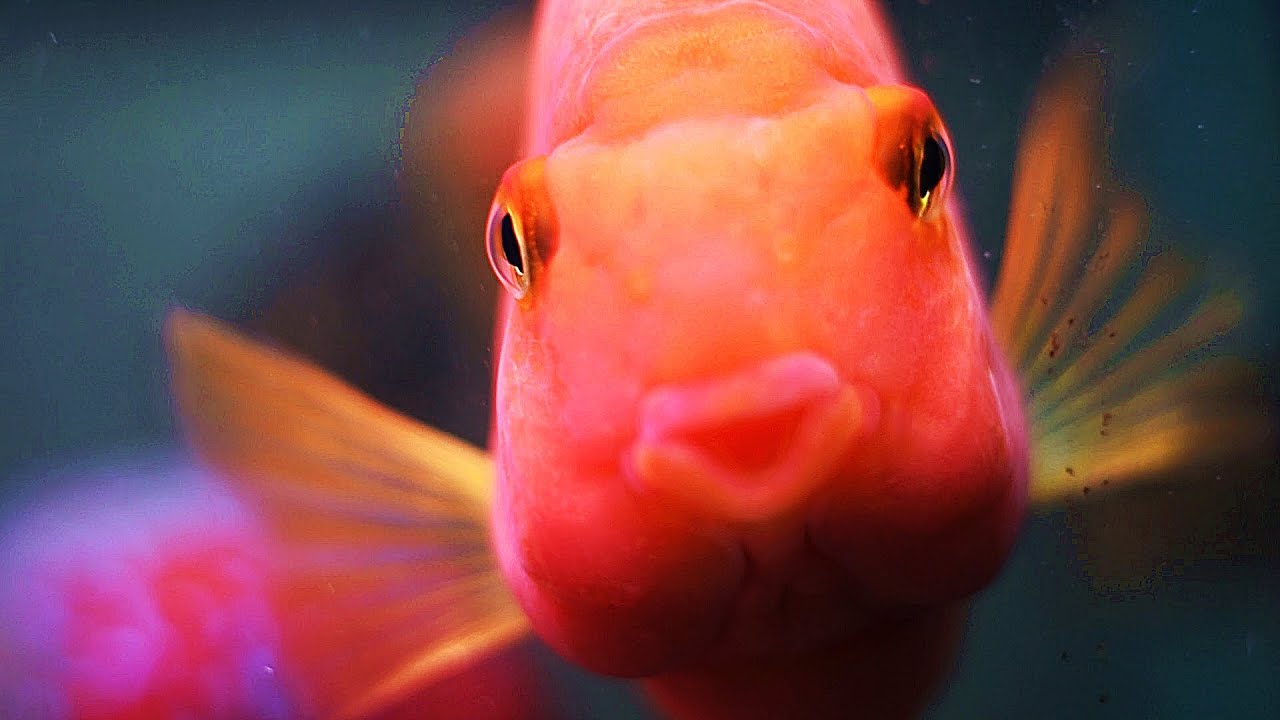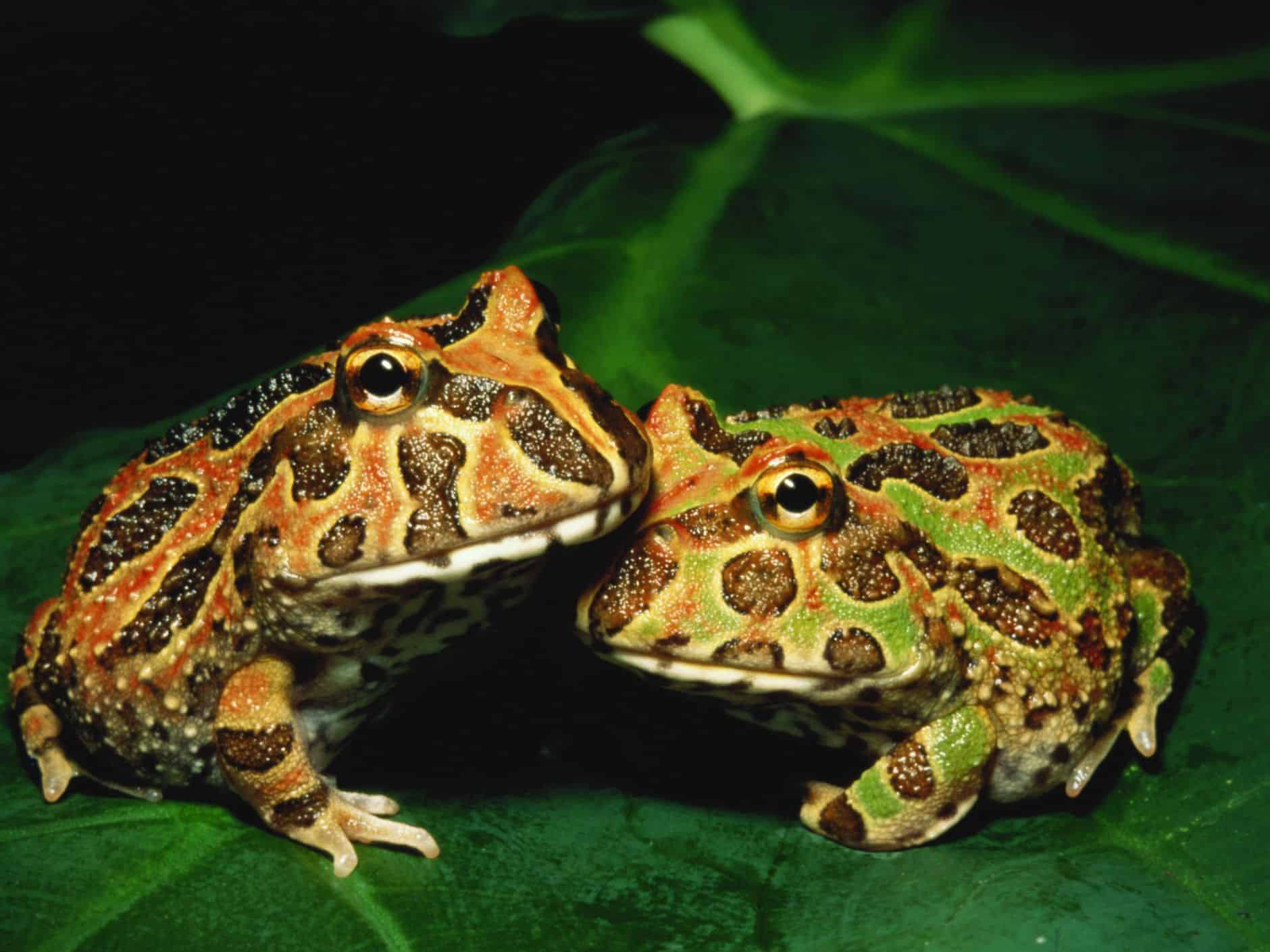Not many people can recount their experiences with snakes as pleasant, not even with harmless grass snakes. More so, an encounter with venomous snakes doesn’t bear good news as it mostly leads to extreme health complications or even death.
Venomous snakes can be found in every region of the world, and it wouldn’t kill to have knowledge or two about them.
There are some specific signs on snakes that may help you distinguish if a snake is deadly or not. This would better help you decide your next course of action in saving your life if ever you come in contact with any.
Let us consider some of the signs and patterns venomous and non-venomous snakes have, as well as their behavior should you encounter one of them to avoid fatal consequences.
How can you tell if a snake is venomous?
Herpetologists shed more light on the specific differences between venomous and non-venomous snakes. However, there are still some snake species in the world that have certain exceptions.
But there are some differences we should all be aware of in case we come in contact with them;
- Eyes: Snakes that aren’t venomous have round pupils while venomous snakes have vertical pupils. There are some exceptions, however, it’s been noticed that Cobra (Africa, Middle East, and Asia), black mamba (Africa), and Taipan (Australia) snakes possess round pupils. Also, some non-venomous snakes can change the shape of their pupils when attacked. A mock viper has the ability to do this.
- Most deadly snakes possess triangular shaped heads that are wider than their necks. The heads of non-venomous snakes are commonly rounded.
- There are heat-sensitive pits between the eyes and nostrils of venomous snakes to help locate warm-blooded preys.
- Venomous snakes get aggressive when attacked and would hiss or rattle. Some common types would be the rattlesnakes and they often have bright colours. Although, scarlet kingsnakes and milk snakes show exceptions.
- Venomous snakes have a single row of scales just at the end of their tails, whereas non-venomous snakes have clear lines separating two rows of scales at the end of their tails.
- Most venomous snakes usually possess diamond-shaped patterns on their skins and come in three different colours.
- Non-venomous snakes keep their bodies underwater, while your non-friendly snakes swim with their bodies entirely visible above water.
- Snakes like grass snakes and vipers look a lot alike, only that a dark zigzagging line runs down a line on the back of a viper while grass snake has a yellow collar around its neck.
Precautionary measures you can take
Snakes can be anywhere around you, so it is advised that you take some preventive measures in case anything happens to guarantee maximum safety:
- Clear all tall grasses and remove fallen branches in your surroundings because snakes find it easy to hide in these places.
- Since snakes like to feed on small animals, it is essential you get rid of rodents as they can easily attract snakes in your environment.
- Closed-toed shoes are preferable when taking walks in the woods.
- Snakes don’t react well to ammonia. You can spray a solution of ammonia in your environment as the smell makes them uncomfortable.
- In events where you decide to take walks into the wild, avoid tall, thick grasses especially in swampy wet areas. Or at least try making some noise before stepping into suspicious-looking places or better yet, have a stick to poke around first before stepping in.
- Usually, snakes don’t attack first unless when they are provoked or scared. They, however, get even more aggressive during mating season which is often around June and July. You want to stay away from them around this period as much as possible during this period.
- Don’t be curious enough to follow a snake. It may just turn back and attack you.
- Most mountain climbers have been bitten by snakes because they fail to check hides in rocks crevices. In case you want to go mountain climbing, make sure to be careful not to have your hands in holes that house snakes.
- Lights during camping attract animals. Be sure to cover any source of light, so you don’t have venomous snakes to yourself.
- Be sure to check your shoes and shake your clothes in case any venomous snakes decide to hide in them.
What you should do if a snake bites you?
If it happens that you are bitten by a snake, instead of going into a panic attack and putting your life at even higher risk. There are some things that you could quickly do to save your life.
Some of the signs of being bitten by a poisonous snake would include the following
- Venomous snake bites would leave two close-set puncture marks in your skin.
- You would experience painful sensation around the area where you’ve been bitten.
- The area begins to swell and get pale.
- You may have difficulty breathing, high blood pressure, nausea, and muscle weakness and/or fever.
Snake venom works differently on humans. A bite from a common viper on a human adult isn’t really fatal, but it still requires immediate medical attention.
However, the terrifying thing about a snakes’ bite is usually connected with allergic reactions to its venom. Antihistamines should always be present in your first-aid box to avoid any fatal consequences.
Things to do before an ambulance arrives or before you reach the hospital
- Check your skin, the bitten area, to see if the snakes’ venom is outside the wound and carefully clean it off your skin, so it doesn’t get into the injury.
- Drinking plenty of liquid is very helpful to help rid your body of toxins. Liquids like water, broth or tea would do just fine.
- Remain calm. Moving around when you panic can make the venom move even faster in your body because movement increases your heartbeat, which increases the flow of blood in your body. You get the picture, don’t you? So remain calm.
- Ensure the bitten area (limb) remains still.
- Administer antihistamines. Sedatives and cardiac medications are also okay.
Things you must avoid doing
- You will be doing more harm if you try to cauterise or apply creams to the bitten area.
- You must never drink coffee or alcohol.
- You should not apply a tourniquet.
- Do not cut across the wound with the hope of removing the venom.
The option of sucking the venom out is very debatable and only useful in the first fifteen minutes after you’ve been bitten. Nevertheless, it would be risky if try to suck a snakes’ venom if you have no prior experience.
Sucking the venom can considerably remove about 50% of the poison in your body system.
It poses no threat to the person administering help, not even if they have an injury in their mouth when sucking the venom. It would be helpful to know the kind of snake that attacked you so treatment would be more straightforward.
I do hope you found all that you’ve read useful and now know how best to handle a snake situation. Thank you.






